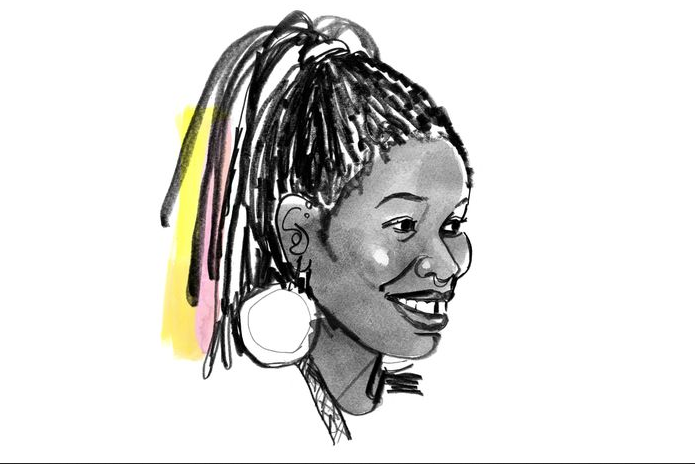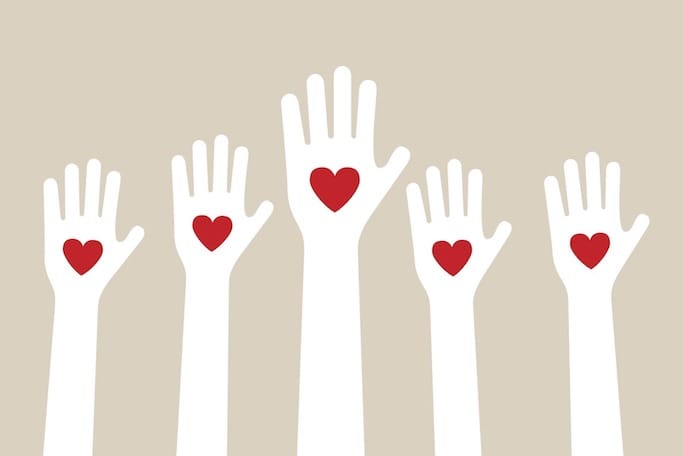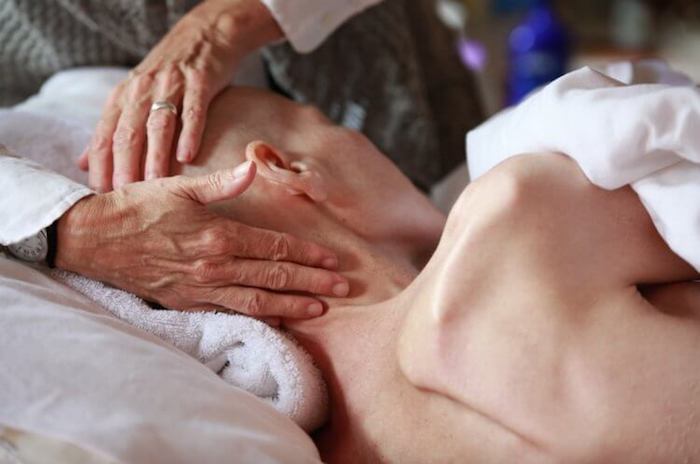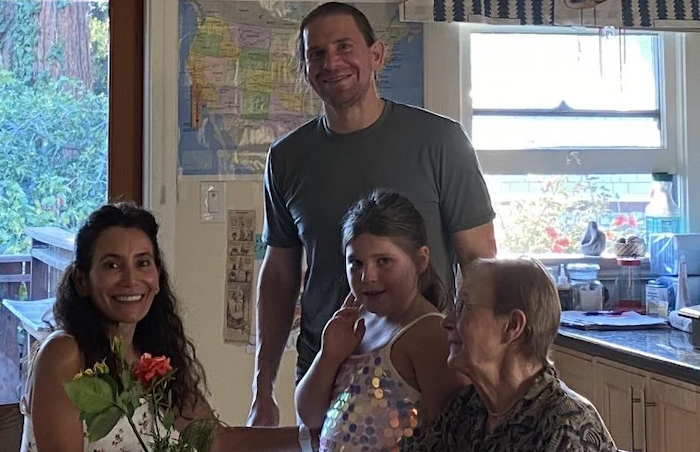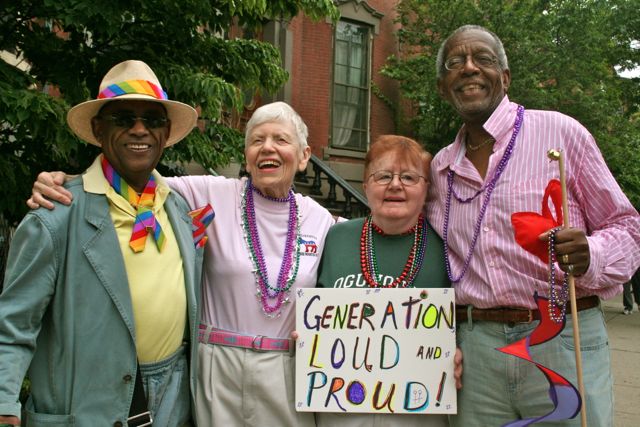
By Holly Vossel
The LGBTQ+ community has been among the groups historically underserved by hospice, with mistrust of the health care system at large and provider bias as leading roadblocks to quality end-of-life care. Hospice providers are increasingly working to better understand the LGBTQ+ population and improve access to care.
Issues of equity, inclusion and diversity have plagued the nation’s health care system. Providers of all walks are reaching deeper into the roots of disparities to understand barriers and expand care among underserved African American, Hispanic, Jewish and LGBTQ+ communities. While widespread data is scarce, available research indicates that the LGBTQ+ population is among those groups under-utilizing hospice care. According to a 2018 AARP study, 60% of the LGBTQ+ community are concerned about a lack of sensitivity to their needs among health care providers.
“When LGBTQ+ seniors need to access long-term care, most of them do not don’t feel safe and our health system in many places doesn’t make them feel safe,” said Ruth Thompson, national hospice medical director at Elara Caring during a session at the National Hospice and Palliative Care Organization (NHPCO) Interdisciplinary Conference. “We may have no idea that we’re taking care of people who are gay, lesbian, transgender and bisexual, but we are. It’s not unusual that they are not going to share with you that part of their personal history, which is really unfortunate because it’s who they are. The history of discrimination and poor education of the health care system really has had a profound effect on these people and compounded their fears. This population of people tend to have worse health outcomes as compared to their heterosexual and cisgender peers.”
With barriers such as patients’ fear of discrimination and general mistrust, hospice providers will need to build up awareness and break down biases around gender identity and sexual orientation to foster greater trust among underserved LGBTQ+ communities. A general lack of understanding and awareness among providers, along with stigmas, stereotypes and biases have been drivers of under utilization.
“No one is asking for special care or special treatment,” said Michael Kammer, medical social worker and bereavement counseling professional at Ohio’s Hospice of Dayton, during the conference session. “We just want care that takes into consideration the unique needs, concerns and experiences that we have had just like we do for any other minority population. We’re working on developing the awareness and ability to identify and join with people in the LGBTQ community. We need to shift our thinking about this from seeing the LGBTQ population as a special population to more inclusive care. Everyone needs the same specialized care, and it requires self-awareness on our part to shift how we perceive these groups and become aware of our own implicit biases, and being able to better interact with and support all our patients.”
Expanding education and awareness among hospice staff regarding the challenges, concerns and needs could extend reach for LGBTQ+ community members. Older LGBTQ adults often face issues such as economic insecurity, reduced caregiving support networks and misconceptions around sexual orientation and gender identity.
Hospice providers can improve access and experience of care by shifting organizational cultures and patient care practices, with executives leading the charge on deeper integration of LGBTQ+ education.
“In order to be successful and transform your organization’s culture, you must really start from the top,” said Kammer. “There needs to be buy-in at that executive leadership level. This requires a lifelong commitment, self-critique and self-evaluation and being culturally humble so that we can become aware of our implicit biases and mitigate those to provide truly person-centered care. This is not a one-and-done activity.”
Addressing gender identity and sexual orientation during the patient admission processes is one strategy toward greater LGBTQ+ inclusion in the hospice space. Providers will need to look beyond the scope of information on electronic health records to better understand how aspects such as gender identities and personal pronoun preferences can impact the experience and quality of care for LGBTQ+ patients.
Despite increasing advocacy, the field has much room to grow when it comes to improving cultural understanding and learning the specific social determinants of health for LGBTQ+ communities.
“People are struggling with LGBTQ+ issues that are impacting their psychosocial and spiritual situations, and it’s really critical that those patient discussions remain respectful,” said Thompson. “You can identify champions and have a team willing to stand up and make sure that people are having respectful conversations around care goals. When people are reaching the end of life, it’s important that they can be who they are and be with who they love. Those can really be challenges for the senior population because our LGBTQ+ elders are really the group of people who experienced a lot of that historical discrimination before the Gay Rights Movement many years ago. We’ve come a long way since then, but we still have a long way to go.”
Complete Article ↪HERE↩!

